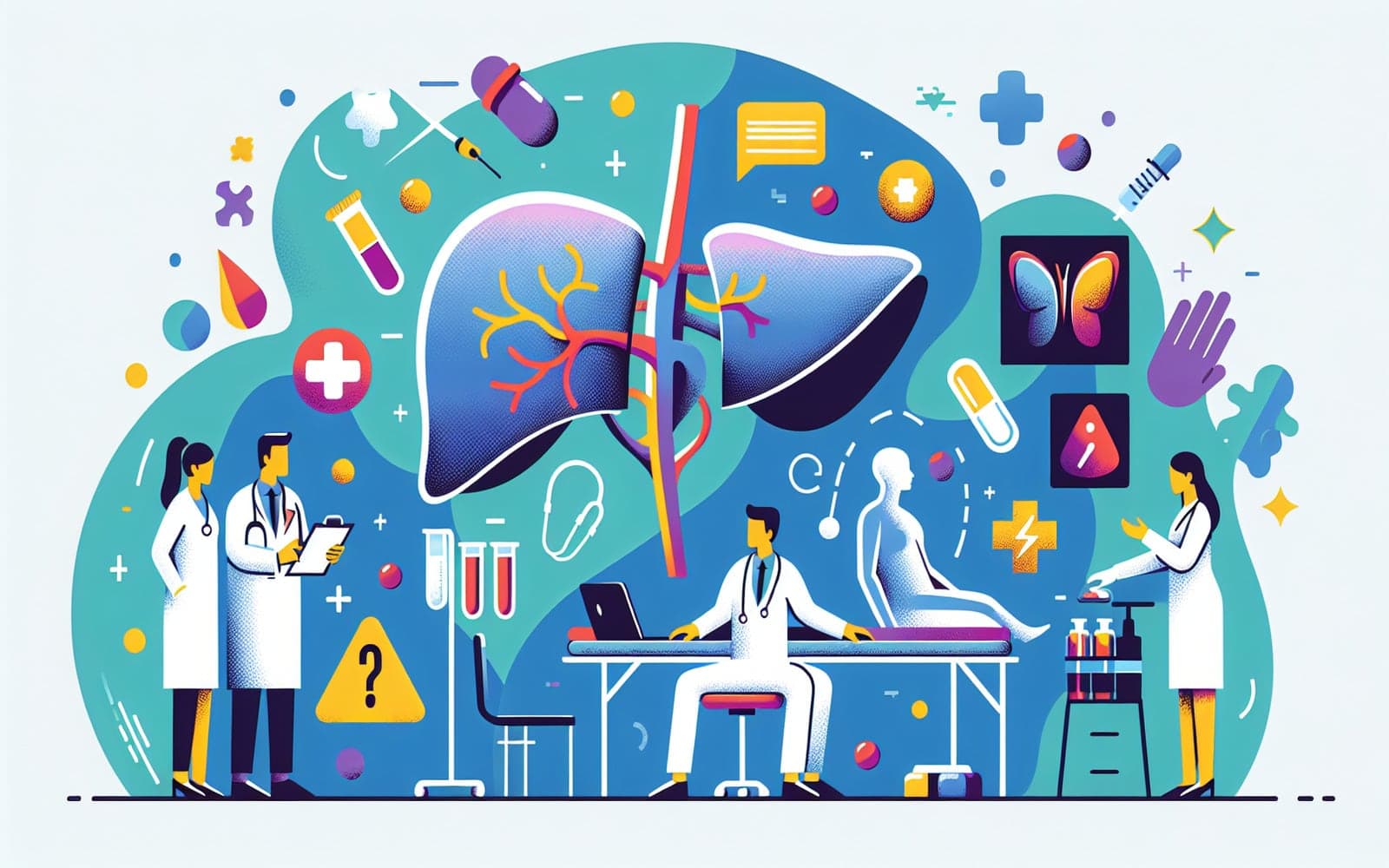Diagnosing Acute Cholangitis: From Symptoms to Scans
Published: Jul 01, 2024

Medically reviewed by Alan Lucks | MD, Alan Lucks MDPC Private Practice - New York on July 1st, 2024.
Diagnosing acute cholangitis can be challenging, but it's crucial for timely treatment. Let's explore how doctors piece together the puzzle to identify this serious bile duct infection.
Contents
The Tell-Tale Signs
The first clues often come from symptoms. Doctors look for Charcot's triad: fever, abdominal pain, and jaundice. However, not all patients show all three signs. Other symptoms like chills, nausea, and confusion may also raise suspicion. It's like being a detective - gathering clues from the patient's story and physical examination.
Blood Tests: The Inner Workings
Blood tests are crucial in diagnosing acute cholangitis. They reveal signs of infection, like elevated white blood cell count, and liver problems, such as high bilirubin levels. These tests are like peeking under the hood of a car - they show what's going wrong inside the body. Doctors also take blood cultures to identify the specific bacteria causing the infection.

Imaging: A Window to the Bile Ducts
Imaging tests provide visual evidence of bile duct problems. Ultrasound is often the first choice, as it's quick and non-invasive. CT scans offer more detailed images and can show blockages. For a closer look, doctors may use MRCP (a special type of MRI) or ERCP, which combines X-rays with endoscopy. These advanced imaging techniques are like having a map of the bile duct system.
Frequently Asked Questions
It can be quick in clear cases or take a few days if more tests are needed.
Not always, but it's often used for both diagnosis and treatment.
Yes, its symptoms can be similar to other conditions.
Most are painless, but ERCP may cause some discomfort.
Key Takeaways
Diagnosing acute cholangitis requires a combination of clinical skills, laboratory tests, and advanced imaging techniques.
Curious about the diagnostic process or have concerns? Consult with Doctronic for expert insights and guidance.Related Articles
References
Mosler P. Curr Gastroenterol Rep 2011; 13:166.
Kiriyama S, et al. J Hepatobiliary Pancreat Sci 2018; 25:17.
This article has been reviewed for accuracy by one of the licensed medical doctors working for Doctronic. Always discuss health information with your healthcare provider.

